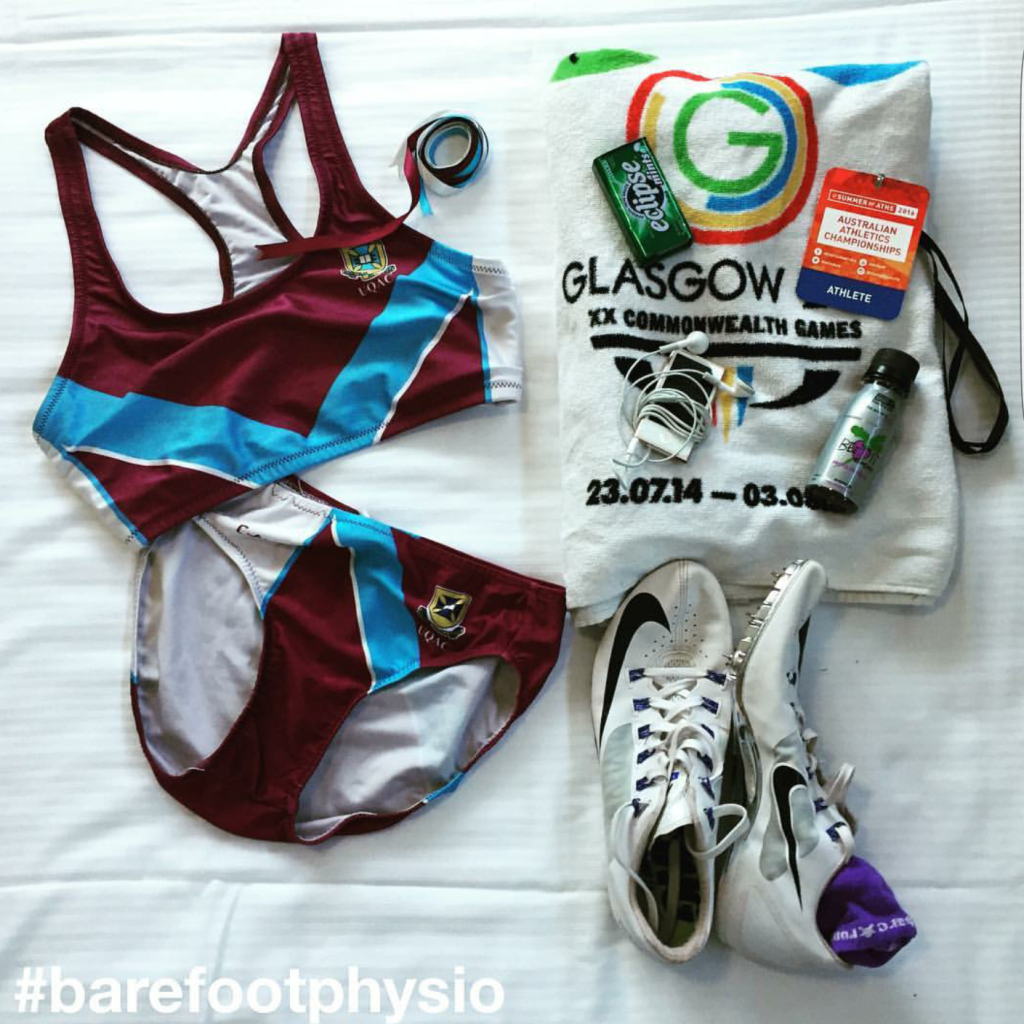Five steps to living your Barefoot Lifestyle
Ever get that feeling like life is just passing by? Like you want to be out on the field playing but you’re hanging on the sideline ? Are you wondering what it would look like if you were living your “Barefoot Lifestyle”?
You know you enjoy being fully part of it, in fact maybe you used to be a key player but it now feels like you’ve forgotten the moves?
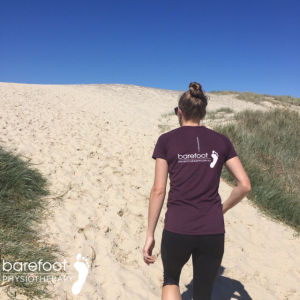
We get it, your life can get busy and it’s very easy to let the things that are important to you slip down the list of priorities in the midst of your day to day.
Our Barefoot Lifestyle Guide is a reflection tool to help you think… think through the things in your life that are important to you… remind yourself of the things that you enjoy… so you can include more of these in your days and get your life back on track.
Sometimes it’s easy to get caught up in the mundane and forget about the bigger picture. You know, that bigger picture where you know how you make this world a better place, where you have passions and drive and talk about them. Why is it important to focus on that bigger picture and live it rather than dream it? I think we would all agree this leads to a more fulfilled life for yourself and the people around you.
In no way is the Barefoot Lifestyle Guide telling you how to live your life… it’s a way to get you thinking about how you want to live on your terms and helping you to go out and do it!
We all have the resources within us that we need to make our lives even more enjoyable. It’s amazing how much you can discover about yourself when you just ask the right questions.
The Barefoot Lifestyle looks at areas that we believe are important to living a fulfilled happy life
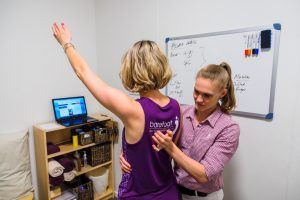
- Staying active
- Taking care of your body and mind
- Friends and family
- Your vocation
- Doing your bit to change the world
What you will create by completing the Guide are immediately actionable steps as part of our ‘Barefoot Choose-to’ list. Here you can come up with a list of things you choose to do (or do more of) that really satisfies the inner you.
It’s a great feeling completing the guide knowing you’ve delved a little deeper. And reminded yourself of those enjoyable crazy things you love to do!
So, if you can spare 30min today, download the lifestyle guide and complete the action steps on your ‘Choose-to’ list. Even just one step a day, is enough to transform your life, and get your SOUL (as well as you body) feeling like it is on holiday everyday!
To download the lifestyle guide, click here.


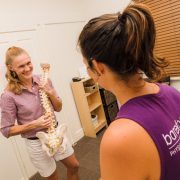
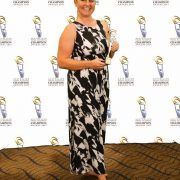
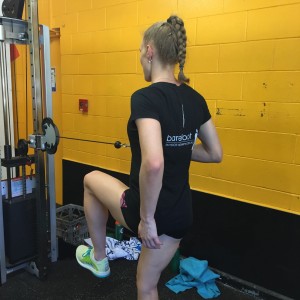

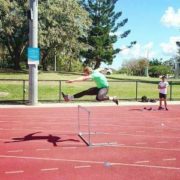
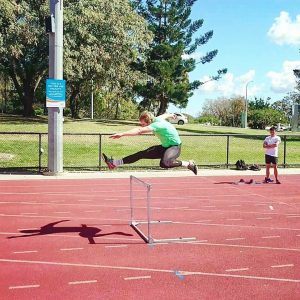 Interview with Nick Fadden:
Interview with Nick Fadden:

 Set realistic goals. Don’t discourage yourself by setting unrealistic goals. There are plenty of different targets to set in swimming that don’t just include how fast you can go. Think about mastering your technique and efficiency, or how many laps you can do without taking a break. Make sure you avoid increasing your weekly distance by more than 10%. This will not only give you a good indication of your improvement, but it will also help avoid injury.
Set realistic goals. Don’t discourage yourself by setting unrealistic goals. There are plenty of different targets to set in swimming that don’t just include how fast you can go. Think about mastering your technique and efficiency, or how many laps you can do without taking a break. Make sure you avoid increasing your weekly distance by more than 10%. This will not only give you a good indication of your improvement, but it will also help avoid injury.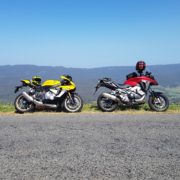
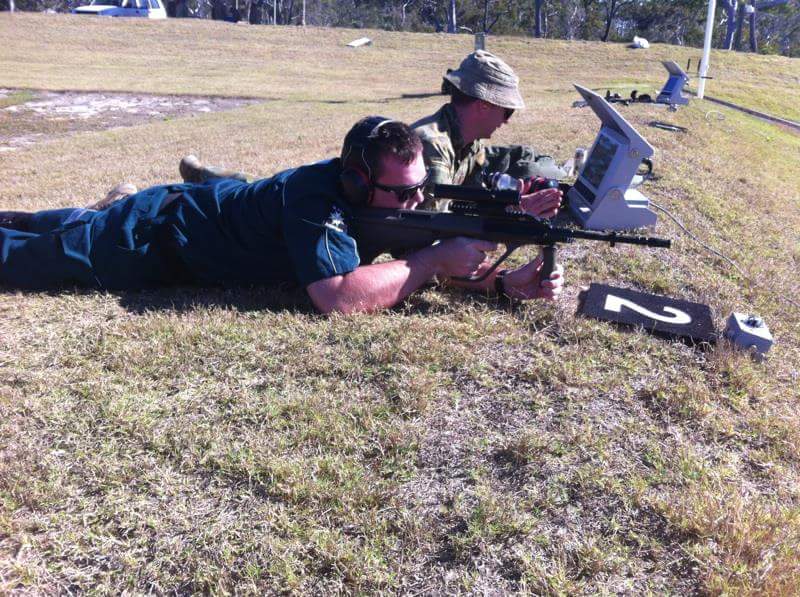 Aidan Jeffes is a true Barefooter. He leans in to all areas of his life; be it his passion for motorbike riding, perfecting latte art or becoming a paramedic. Not to mention he spends almost as much time at the Red Brick House as we do! He is always early to his appointments to allow lots of chill out time in the Lounge Room. Aidan is continually improving his bike, his life and the lives of those around him. We sat down with him, to learn more about what makes this Barefooter tick.
Aidan Jeffes is a true Barefooter. He leans in to all areas of his life; be it his passion for motorbike riding, perfecting latte art or becoming a paramedic. Not to mention he spends almost as much time at the Red Brick House as we do! He is always early to his appointments to allow lots of chill out time in the Lounge Room. Aidan is continually improving his bike, his life and the lives of those around him. We sat down with him, to learn more about what makes this Barefooter tick.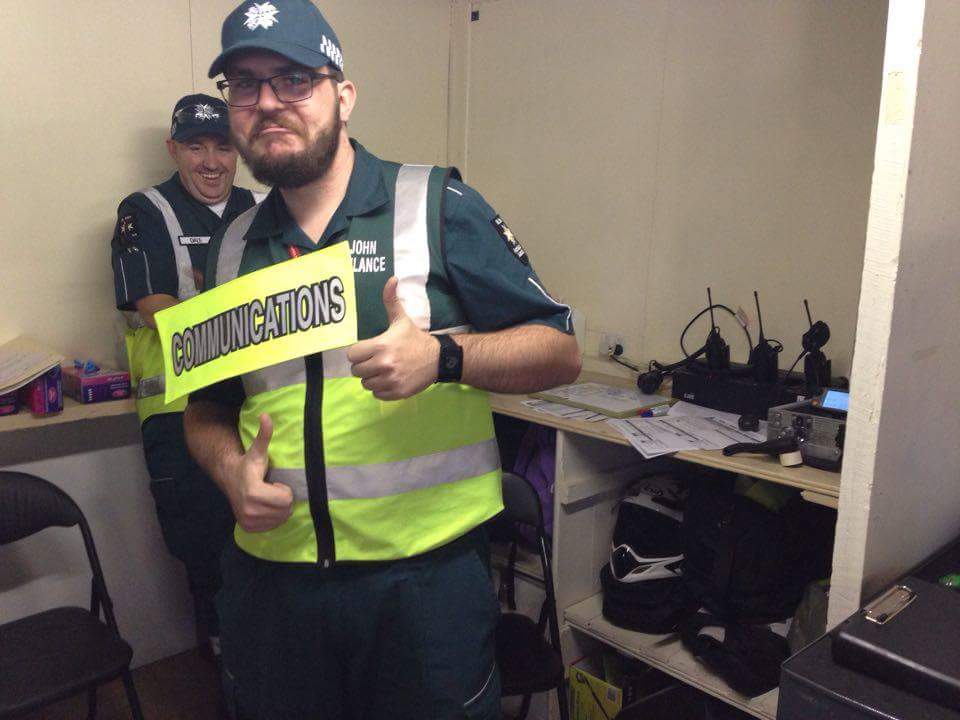 On one occasion, I was doing first aid with St. John at the annual army cadet camp up in Tin Can Bay. While they were shooting, they asked us to be there just in case something happened. As my colleague and I were sitting there watching we were debating if we should ask to have a go, at that exact point the detachment commander came up and asked if we wanted to shoot. So we did. I scored pretty high, 93/100, and my colleague scored 78/100 from memory.After about the first year with St Johns, I decided I wanted to pursue a career in the health field, particularly Paramedicine and Emergency Nursing. In December 2016 I finally received an offer to study the dual degree. I think I am most looking forward to the challenge that can be presented by this field, especially because every patient I will see will be different. I also look forward to meeting so many new people and hearing about what drew them into the health field.
On one occasion, I was doing first aid with St. John at the annual army cadet camp up in Tin Can Bay. While they were shooting, they asked us to be there just in case something happened. As my colleague and I were sitting there watching we were debating if we should ask to have a go, at that exact point the detachment commander came up and asked if we wanted to shoot. So we did. I scored pretty high, 93/100, and my colleague scored 78/100 from memory.After about the first year with St Johns, I decided I wanted to pursue a career in the health field, particularly Paramedicine and Emergency Nursing. In December 2016 I finally received an offer to study the dual degree. I think I am most looking forward to the challenge that can be presented by this field, especially because every patient I will see will be different. I also look forward to meeting so many new people and hearing about what drew them into the health field. Just about every weekend I can be found out in the Gold Coast Hinterland riding with my neighbour. Our usual Sunday route is up Tambourine Mountain, then along Beechmont, then out towards Natural Bridge. The final part towards Natural Bridge is my favourite riding road that I’ve come across so far. I think my other favourite ride is a big day long adventure I had with my friend a few months ago, it was basically all off road all through D’Aguilar National Park, it was hard work, but so much fun exploring, and the scenery was just incredible too. The thing that draws me to motorcycling is the freedom. There is nothing between you and the outside world and you get to experience everything about every journey (Even if it means getting wet in the rain… NOT FUN!), and I also find it a really good stress relief because it focuses your mind on one thing, riding.
Just about every weekend I can be found out in the Gold Coast Hinterland riding with my neighbour. Our usual Sunday route is up Tambourine Mountain, then along Beechmont, then out towards Natural Bridge. The final part towards Natural Bridge is my favourite riding road that I’ve come across so far. I think my other favourite ride is a big day long adventure I had with my friend a few months ago, it was basically all off road all through D’Aguilar National Park, it was hard work, but so much fun exploring, and the scenery was just incredible too. The thing that draws me to motorcycling is the freedom. There is nothing between you and the outside world and you get to experience everything about every journey (Even if it means getting wet in the rain… NOT FUN!), and I also find it a really good stress relief because it focuses your mind on one thing, riding.
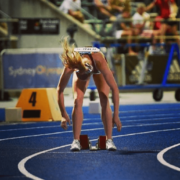
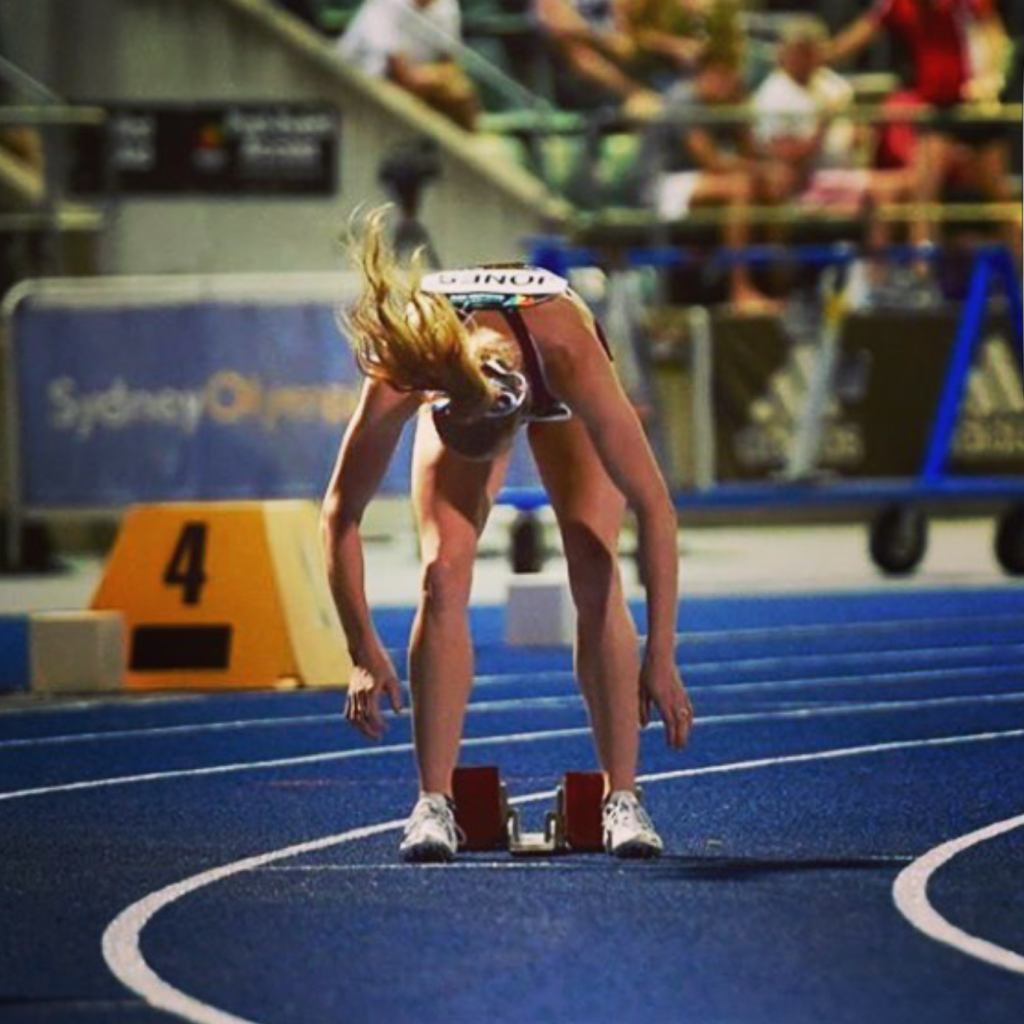 Most people put a lot of time and effort into
Most people put a lot of time and effort into 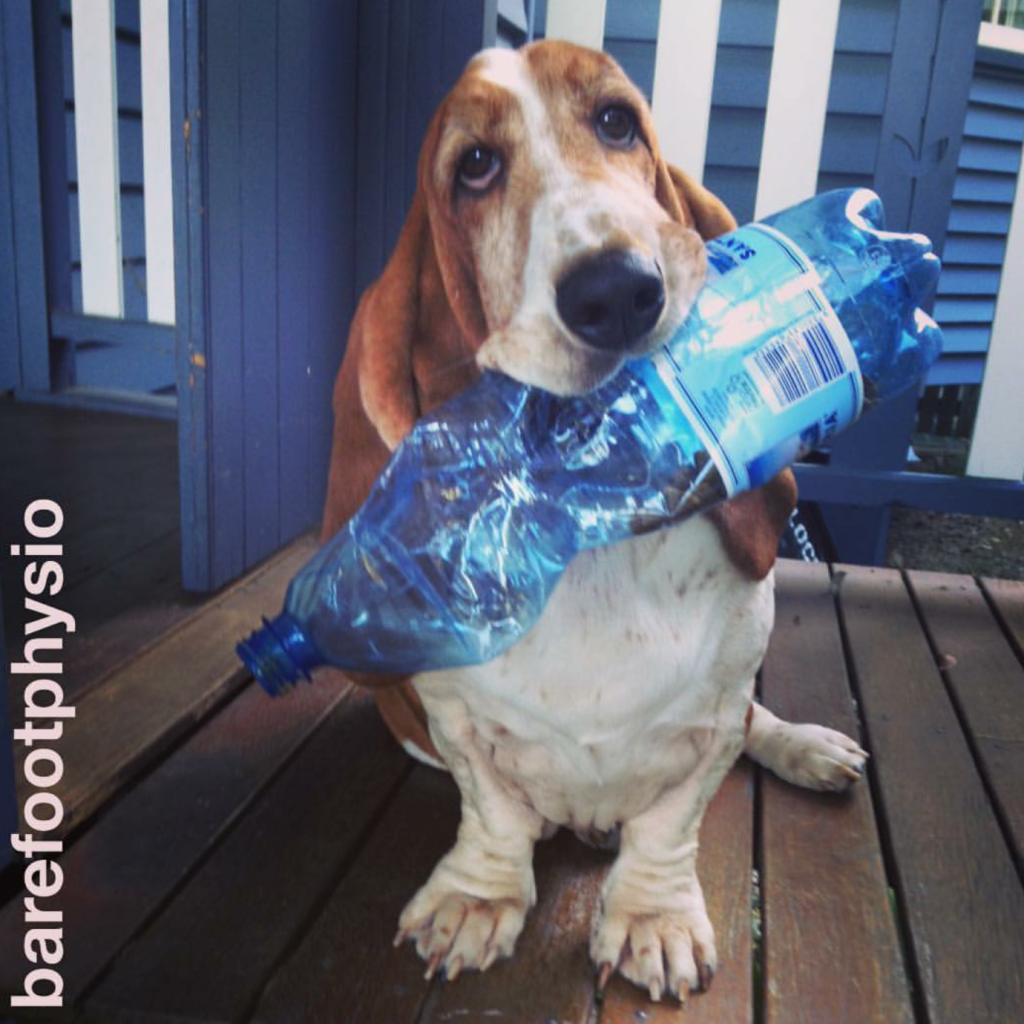 Hydration
Hydration